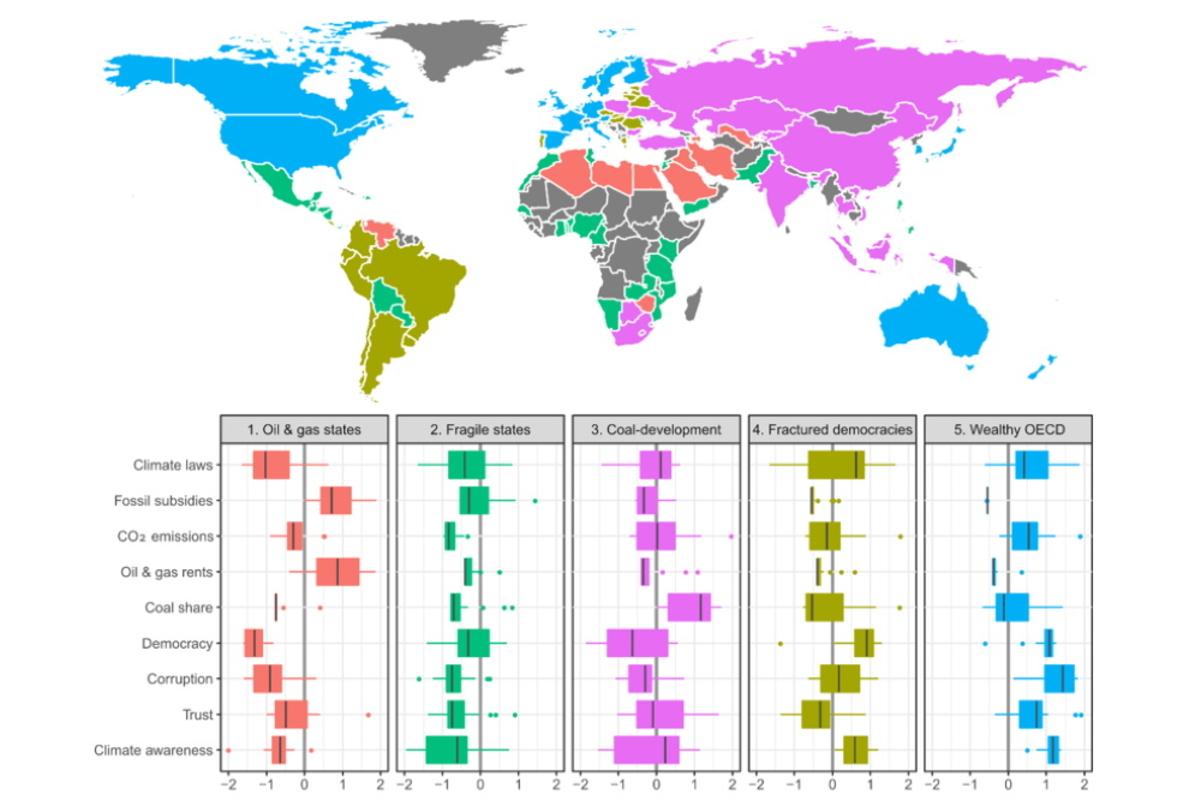
Breaking Barriers: Unveiling the Untold Impacts of Global Climate Policies on Worldwide Economies
Introduction
When it comes to combating climate change, the world isn’t standing still. Governments around the globe are implementing policies to mitigate the damaging effects of climate change. But what impacts do these policies have on international economies? This is the untold narrative of global climate policy intersection with economies worldwide, a journey that takes us beyond the conventional discourse on carbon emissions and renewable energy.
Understanding The Science Behind Climate Policies
All these efforts in the name of environmental conservation didn’t spring up overnight. They’re anchored in compelling scientific findings that suggest drastic changes in our climate system caused by greenhouse gases such as carbon dioxide and methane. The main goal of global climate policies is to control or minimize the release of these gases to mitigate the rate of global warming and climate change.
The Economics of Global Climate Policies
The implications of climate change policies extend far beyond just the environment — they also intersect with economics, inflicting both costs and benefits. Here’s an evaluation of the economic ramifications.
1. The Burden of Green Investments
Investing in renewable energy technology to achieve a greener, low-carbon economy requires significant financial backing. This financial burden, in the short term, might result in economic contractions or slow the pace of growth in some sectors.
2. Potential for Job Creation
On the flip side, the transition to a green economy holds vast potential for job creation. Renewable energy sectors such as wind, solar and bioenergy typically generate more jobs per unit of electricity generated than fossil fuel sources. Thus, green investments could lead to employment growth.
3. Transition Costs
Moving away from fossil fuel-based economy means a substantial structural change in the economy with transitional costs. Industries heavily reliant on fossil fuels might struggle, and job losses in these sectors can occur.
4. Technological Innovation
Climate policy-driven innovation can open up new markets and create economic opportunities. Investment in low-carbon technologies stimulates research, development and the commercialization of new products, potentially making a significant contribution to the economy.
Global Case Studies
Case Study 1: The German Energiewende
Starting in the early 2000s, Germany launched a comprehensive energy transition program known as Energiewende. They aimed to shift from nuclear and fossil fuels to renewable energy, with the ambitious goal of reducing greenhouse gas emissions by 80-95% by 2050. This shift has, over time, created approximately 340,000 new jobs and contributed roughly 1.5% to the national GDP.
Case Study 2: China’s Green Leap Forward
China, the world’s largest emitter of greenhouse gases, has implemented extensive green policies and technology innovations. This commitment to tackle climate change has turned China into a world leader in the production of solar panels, wind turbines and electric vehicles, contributing positively to its economic growth.
How to Harness the Economic Potential of Climate Policies
- Policy Stability: Political stability and long-term backbone policies are crucial for investors.
- Comprehensive Planning: A balanced, holistic approach, considering the trade-offs and synergies between climate and economic goals, often leads to higher benefits.
- Promoting Research and Development: Governments should promote research and development in low-carbon technologies.
- Social Cushioning: Governments should offset the adverse socio-economic impacts of climate policies with compensation measures.
Conclusion
Climate policies’ economic impact presents a mixed bag of challenges and opportunities. While the transition may involve certain financial and labor market challenges, with comprehensive and visionary planning, the economic potential of climate action can be harvested. It’s clear that the future of economic growth lies in sustainable, climate-friendly policies and practices. It’s our global responsibility to meet these economic challenges head-on while respecting our planetary boundaries.

Leave a Reply